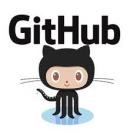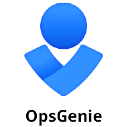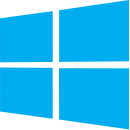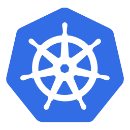Github: Github Actions overview and ArgoCD deployment example
7 May 2021Github Actions actually is very similar to the TravisCI, but have much more closer integration with Github, and even its interface is included in the Github WebUI: So, let’s take a closer look at its abilities, how to use it, and in the following posts will deploy its self-hosted runners to a Kubernetes cluster and will… Read More »







